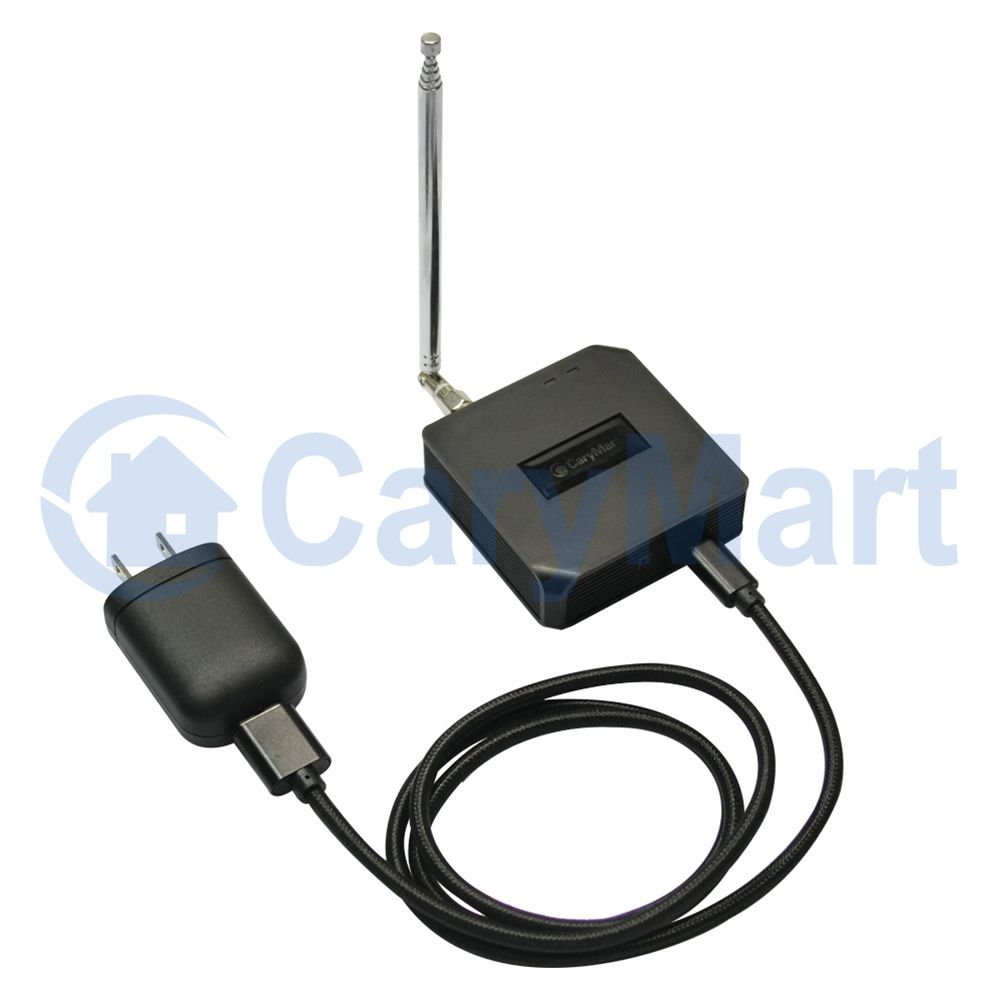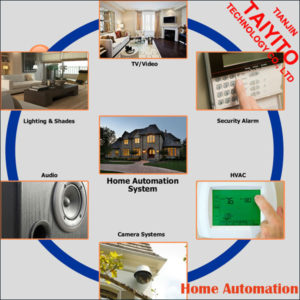The Internet of Things, or IoT, is a term you’ve probably heard about in recent months. But do you really know what he means?
Imagine a world where all objects are able to exchange information and communicate with each other. Objects also able to communicate and interact with their users using the Internet but also other communication networks much less known but all effective. This is the world of the Internet of Things.

By 2020, the Gartner expects more than 50 billion connected objects on the market. In other words, we are witnessing a real digital revolution that will radically change our lifestyles.
To illustrate, let us take an example in the field of Smart Home. Imagine your refrigerator getting smart. A refrigerator capable of telling you in real time what kind of food is inside and capable of ordering for you when you need to restock.
The refrigerator is an example. But the number of objects that can be connected today is unlimited. The potential of the Internet of Things for each of us, but also for business and industry is immense.
For the time being, in the consumer field, the IoT is still very much a gadgeting activity and brings little value to its users. Where the fields of application are really going to be interesting concern energy management in buildings, industry, agriculture, security, transport or health.
It is impossible today to imagine what the Internet of Things has in store for us. The field of all possibilities is open. But the democratization of the IoT is under way.

And to better understand how it works, here are three things to remember:
1. Objects and the Internet of Things
IoT relies primarily on connected objects. A connected object has the ability to capture data and send it, via the Internet or other technologies, for analysis and visualization on dedicated dashboards. Connected objects interact with their environment through sensors: temperature, speed, humidity, vibration… In the Internet of Things, an object can be a vehicle, an industrial machine or a parking space.
2. The Internet of Things and Data
The little nugget of the Internet of Things is data. And especially the ability to capture raw data, temperature, vibration, humidity… to transform it into intelligent and usable information. These billions of connected objects will create an exponential volume of data that will have to be stored, analyzed, secured and restored for various uses. This is therefore a major challenge.
3. The Internet of Things and new services
The added value brought by the Internet of Things is in the new uses that it will bring. In the industrial sector, for example, we can now remotely monitor machines, perform predictive maintenance on equipment, or improve product traceability. Every day, connected objects will generate billions of pieces of information that will enable businesses to create new services.
The Internet of Things will literally transform our society. This statement may seem utopian to you, but just see how things have evolved since the arrival of the iPhone ten years ago.
It is up to us to take advantage of the potential of the Internet of Things and invent the uses of tomorrow.
Model Application of Internet of Things from CaryMart:

This product is a WiFi controller/WiFi RF converter. It connects to the Internet through wireless WiFi signals, and uses the mobile phone APP to achieve various remote controls. This product can quickly learn the remote controls of traditional RF control devices, such as the remote controls of garage door, roller shutter, light, electric gate, pump, ventilation, irrigation sprinkler or alarm security devices, and wirelessly control the relevant RF devices by transmitting the same RF signal. Finally realize remote control through the mobile phone APP anytime and anywhere. Traditional RF remote controls have a limited range of control. This product can replace RF remote controls through signal conversion to transform traditional RF remote control devices into smart devices which can be remotely controlled via mobile phones and the Internet.
Source : http://www.carymart.com/blog/iot-what-you-need-to-know-about-internet-of-things/

 Follow
Follow


